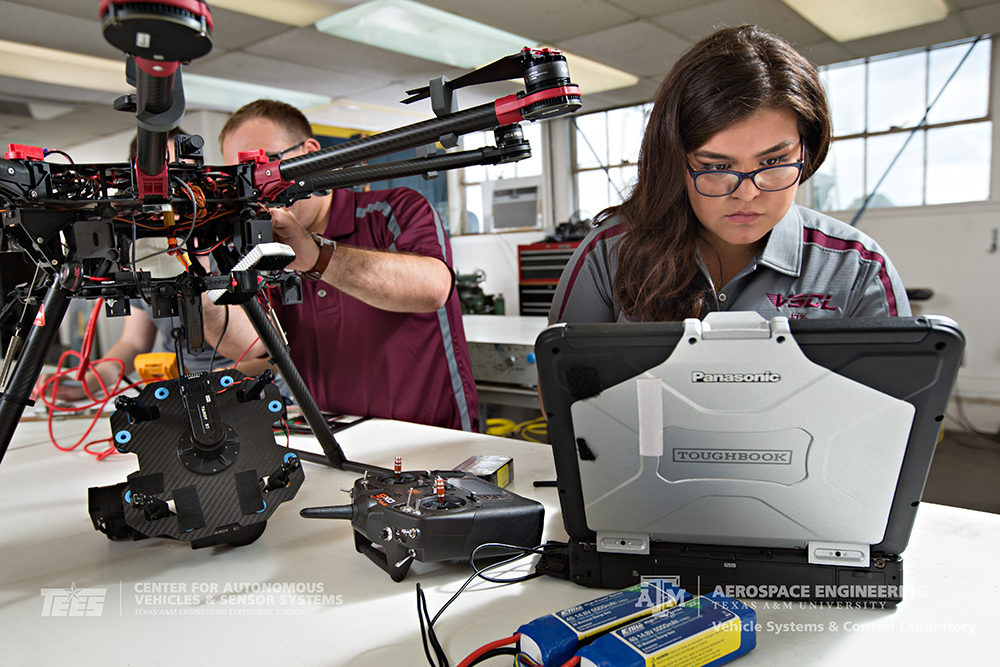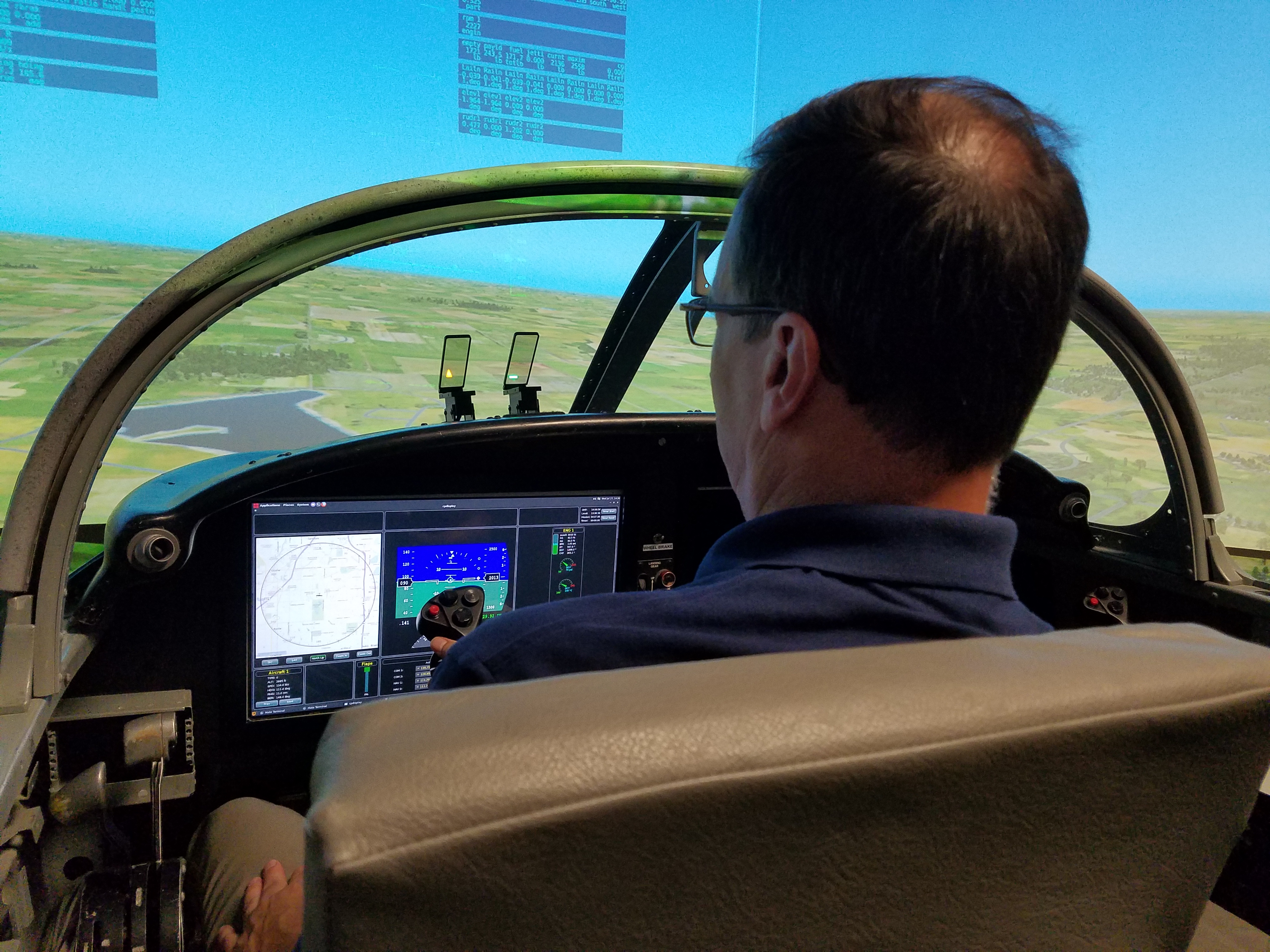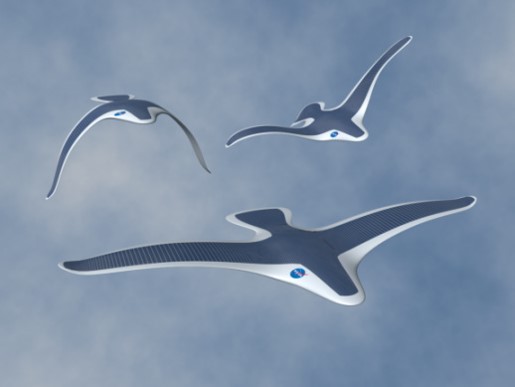Air Force Office of Scientific Research
Air Force Research Laboratory
Total monies awarded as stipend while in-residence
Texas A&M University Research Enhancement Program
Total award $7,500


Working with me on this project are Graduate Research Assistants:
- Praveen Joshi
- Dai Ito







